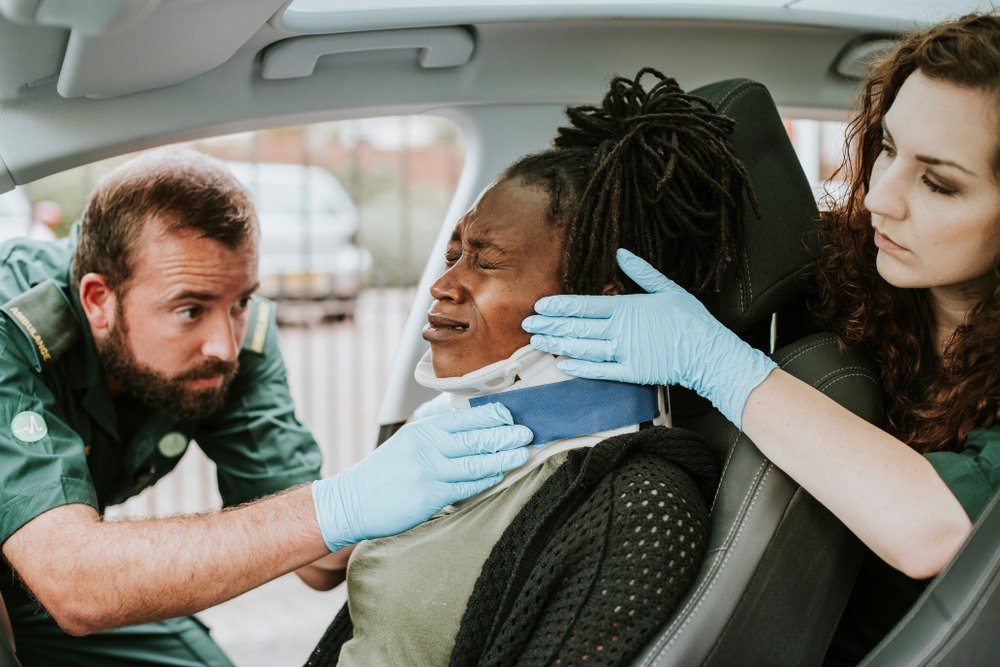The causes of muscle pain vary. Aside from being a side effect of medication, aching muscles are also known as myalgia and can result from an injury, a disease, or infection, or be a symptom of another condition.
Muscle pain can also feel different—aching, cramping, stabbing, or burning—depending on what is causing it.
This article takes a look at the different causes of muscle pain. It will also go over how myalgia is diagnosed and treated and when you should worry about muscle pain.
Causes of Localized Muscle Pain
Localized muscle pain refers to pain that is centered around one muscle or a group of muscles.
Muscle Strain
Injuries are a common cause of muscle pain. A muscle can become injured as a result of strenuous exercise or sudden movement. When a muscle is overstretched, it can lead to a muscle strain (a.k.a. a pulled muscle).
A muscle strain is defined as an injury to a muscle or a tendon (the fibrous tissue that connects muscles to bones). Muscle strains can be minor at times, but severe strains can cause these tissues to tear.
Muscle pain from a strain usually feels like a sudden, sharp, or tearing sensation. Swelling or bruising may also accompany the pain.
Muscle Contusion
A muscle contusion can also cause muscle pain. This injury, also known as a “muscle bruise,” can result from a direct blow to the muscle, causing tiny blood vessels called capillaries to bleed and surrounding tissues to swell.
In addition to muscle pain, the skin may get bruised, which is called a skin contusion. In some cases, a hematoma (a pool of blood) may form in or around the injured muscle.
Myofascial Pain Syndrome
Muscle pain can be a symptom of a chronic condition for some people.
Trigger points in the muscles are what cause myofascial pain syndrome (MPS), which is a painful condition. Trigger points are tight bands of muscle and/or fascia (muscle-supporting tissue) that feel like tiny knots beneath the skin.
Trigger points may be sensitive to touch. They can also cause shooting pains throughout the body (known as “referred pain”).
A common trigger point is in the upper trapezius muscles, which are at the back of the neck, above each shoulder. These trigger points can cause severe aching or burning in the back or sides of the head.
Causes of Systemic Muscle Pain
Systemic myalgia is another term for muscle pain. The majority of the time, an infection, a side effect of a medication, or an underlying illness is to blame for these muscle aches.
Infections
Certain infections, particularly viral infections, can result in muscle pain. The flu, which can cause generalized aches and pains, is perhaps the most common infectious cause. COVID-19 is also known to cause myalgia.
Other infections that can cause muscle pain include:
- Lyme disease
- Malaria
- Dengue fever
- Rocky Mountain spotted fever
- Trichomoniasis
- Toxoplasmosis
Fibromyalgia
Fibromyalgia causes widespread muscle pain. This chronic disorder’s pain is frequently described as aching, sore, stiff, burning, or throbbing.
Although there is no known cause of fibromyalgia, it is believed to be a result of genetics, mood disorders, previous illnesses, and chemical imbalances that increase pain perception.
People with fibromyalgia often have trouble sleeping, feel tired, have crawling skin sensations, wake up stiff, have trouble concentrating, and feel anxious.
Chronic Fatigue Syndrome
Chronic fatigue syndrome, also called myalgic encephalomyelitis, is a disease that causes extreme tiredness that doesn’t get better with rest.
People with chronic fatigue syndrome often have generalized muscle aches, trouble remembering things, sore throats, and feel dizzy when they stand up, on top of being tired and having a general feeling of being sick.
Some researchers say that chronic fatigue syndrome and fibromyalgia are both parts of the same syndrome.
Osteomalacia
Osteomalacia is the softening of bones caused by mineral loss. It is frequently associated with a lack of vitamin D and calcium. It is common in the elderly and has been linked to certain diseases (such as celiac disease) and medications (like Pain O Soma).
People with osteomalacia can experience muscle pain due to cramps and spasms. They frequently experience aching bone pain and tenderness. Osteomalacia can also increase the likelihood of bone fractures (referred to as “pathologic fractures”).
When to See a Healthcare Provider
If your muscle pain gets worse or doesn’t go away, you should see a doctor to find out what’s wrong.
If any or all of the following symptoms are present along with your muscle pain, you should also seek medical attention right away:
- Trouble breathing
- Trouble swallowing
- Profound muscle weakness
- Stiff neck
- High fever
- Confusion
- Seizures
- Muscle pain that is extreme or sudden
Diagnosis
Muscle pain is diagnosed with a detailed history and physical exam. Laboratory and imaging tests may also be requested.
Medical History
During the evaluation, your healthcare provider will ask several questions to narrow down the possible causes of your muscle pain, such as:
- Did your muscle pain develop gradually or suddenly?
- Have you undergone any strenuous activities recently?
- What medications are you taking?
- Do you have other symptoms such as fever, headache, or fatigue?
- Are you experiencing muscle weakness?
- Is there any redness, swelling, or warmth around the muscle?
Physical Examination
During the physical exam, your doctor or nurse may press on different muscles to check for pain, tenderness, and trigger points. They may also look for signs of swelling, warmth, redness, or discoloration on the skin and surrounding tissue.
Treatment
Once your doctor knows what’s causing your muscle pain, he or she will come up with a treatment plan that takes care of both the pain and the underlying cause.
Most back pain improves within a month of home treatment, especially in people under the age of 60. However, for many people, the pain lasts for months.
Pain relievers and the application of heat may be all that is required. Bed rest is not advised.
With back pain, continue your activities as much as possible. Try light exercise like walking. Stop any activity that causes pain, but don’t avoid it because you’re afraid of it. If home treatments don’t work after several weeks, your doctor may recommend Pain O Soma medication or other treatments.
Nonsteroidal anti-inflammatory drugs (NSAIDs) such as Pain O Soma may be beneficial. Take Dard O Soma exactly as directed. Overuse can have serious consequences. If over-the-counter pain relievers are ineffective, your doctor may prescribe NSAIDs. Medicines like Pain O Soma can be easily bought from Woodstock Family Medicine website, and you can get quick relief with this medicine.
Summary
A variety of factors can contribute to myalgia, or muscle pain. A sprain or pyomyositis are two examples of a localized injury or infection that could cause it.ause it. It could also be the result of a systemic (whole-body) disease or infection.
A doctor can figure out what’s wrong with you by looking at your symptoms, your medical history, lab tests, and imaging studies. Depending on what’s causing the pain, muscle pain can be treated with anything from long periods of rest to surgery.
Click hear: recifest




